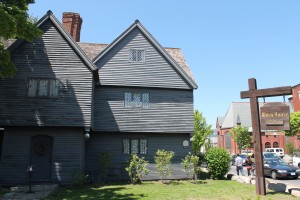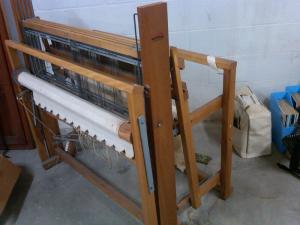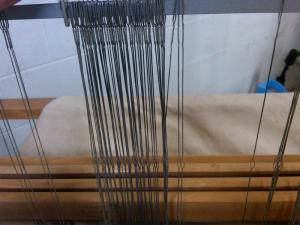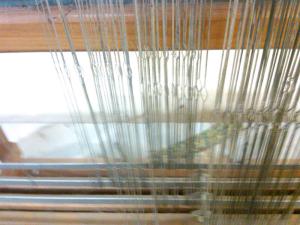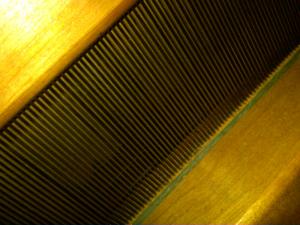A friend called me a Luddite the other day after a fit of yelling about computers.. (I am actually good with computers. But after my laptop crashed in June, I still haven’t gotten my finances straightened out. According to Quicken, I am $14,000 in the hole. Hence my rant about computers in general and online banking in particular.) But I digress.
The name-calling prompted me to research the Luddites. Yes, it was a real group – of weavers and other textile workers in the early nineteenth century. New weaving and spinning machines were coming into the factories.The owners said that the machines were more efficient – they probably were – and would make cloth cheaper – and they did. (The word ‘shoddy’ came into being shortly thereafter. Coincidence? I doubt it.) The weavers were not opposed to the new machinery; that was not the issue. The problem was greed.
Weavers spent seven years in an apprenticeship before they could set up shop. Now they feared that the time and effort put into this craft was wasted. They had reason to worry. As the factory owners fired the men, they hired women and children, who they paid much less, to work instead.This was the beginning of six year olds working 14 hour days in a factory.
So the men protested. They blackened their faces and broke into the factories to destroy the new and expensive machinery. They purported to follow a fictional character called Ned Ludd(a stocking weaver) or another fictional personage King Ludd. Thus the name.
The British Government sided with the factory owners and made breaking machinery a capital crime. Soldiers were sent to quell the protests. A large number of men (both members of the protests and not) were swept up and accused of being Luddites. Those that were found guilty were either executed or transported. That ended the protests very quickly.
The situation was slightly different in the United States. The first textile factory came into being in Massachusetts in 1814. Lowell, who had seen the textile machines in Great Britain, wanted to do the same in the U.S. (The city of Lowell is named for him.) He built his first factories beginning in 1816. But the United States had a smaller population and there was not a large number of unemployed men so there was not the same labor pool. To solve the problem Lowell hired young women, who became known as mill girls, between the ages of 15 and 35. He of course paid them less than men. (To his credit, he chose not to employ children.) The mill girls were housed in company owned boarding houses, were strictly chaperoned and offered other ‘improving’ activities so the jobs had decent working conditions. This changed as the century wore on. The mill girls unionized, went out on strike a few times, and finally joined forces with another union.
Since my character, Will Rees, is a weaver he is going to be affected by the increasing industrialization. In fact, will lose his profession in less than twenty years. He will be in his middle fifties by then, however, a fairly advanced age for the time, so he will have missed this huge change by only a few years.

